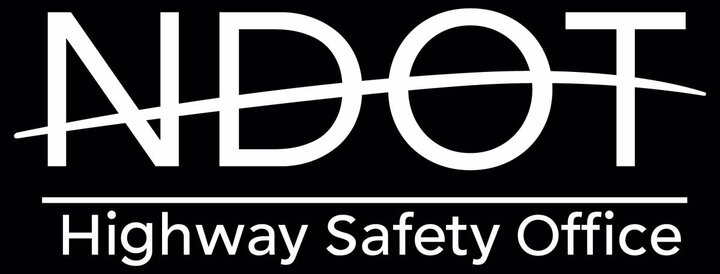Learn the Facts: Nebraska College Students and Alcohol
Too often we assume that alcohol and college life go hand in hand. The reality is that the vast majority of college students across the state of Nebraska either choose not to drink or do so responsibly. College students note their personal beliefs, academic priorities, work, relationships and long-term goals as just a few of the reasons they either choose not to drink or do so responsibly.
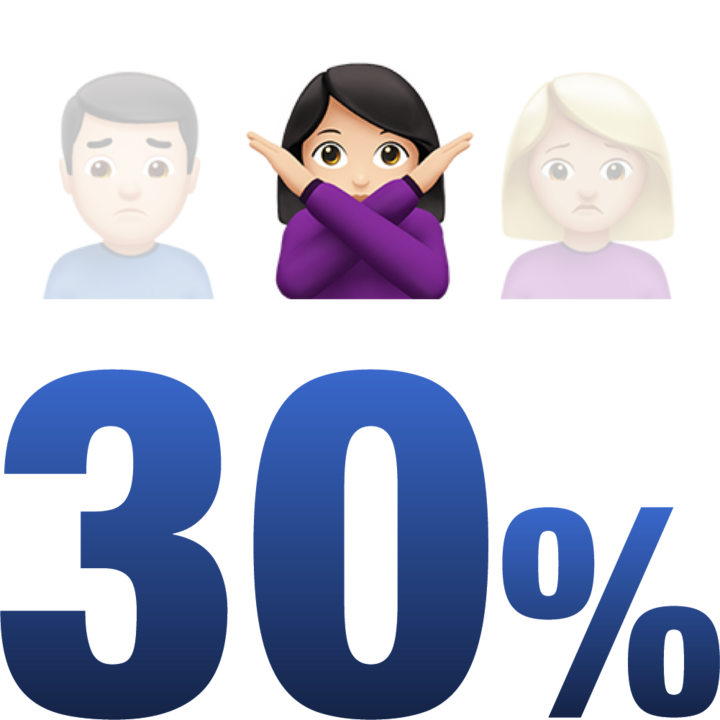
Sober Students
30% of Nebraska college students report they have never consumed alcohol. The top 3 reasons for choosing not to drink are:
Avoidance of potential negative consequences of drinking.
Personal beliefs or values.
Because drinking alcohol

Reasons to Avoid Drinking
83% of students either never drink at all or only do so responsibly. Common reasons to avoid high-risk drinking include:
Academic obligations
Not in the mood to drink
The cost of alcohol
Socializing and building life-long relationships is an important component of college life. College students report that alcohol can sometimes negatively impact these relationships and cause unwanted drama. It’s important to know that despite stereotypes about college students and their drinking behavior, high risk alcohol consumption is NOT popular amongst college students.
Social Disapproval of Drinking

90% of students disapprove of drinking to the point of blacking out.
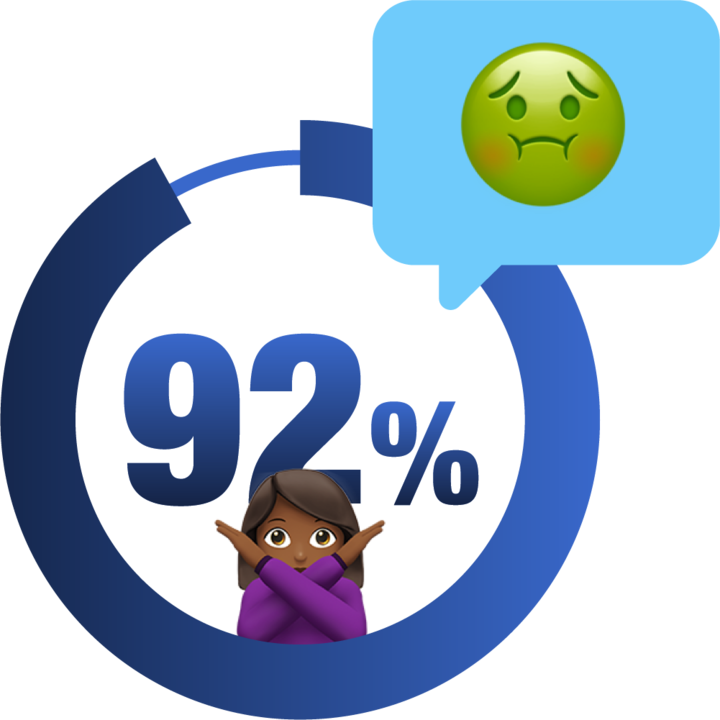
92% of students disapprove of drinking to the point of getting sick.
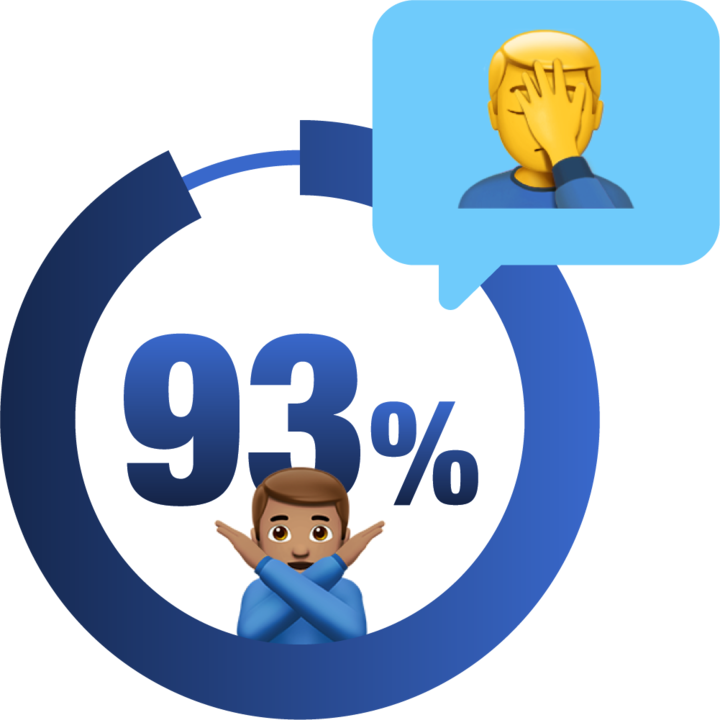
93% of students disapprove of drinking that leads to regrettable situations.
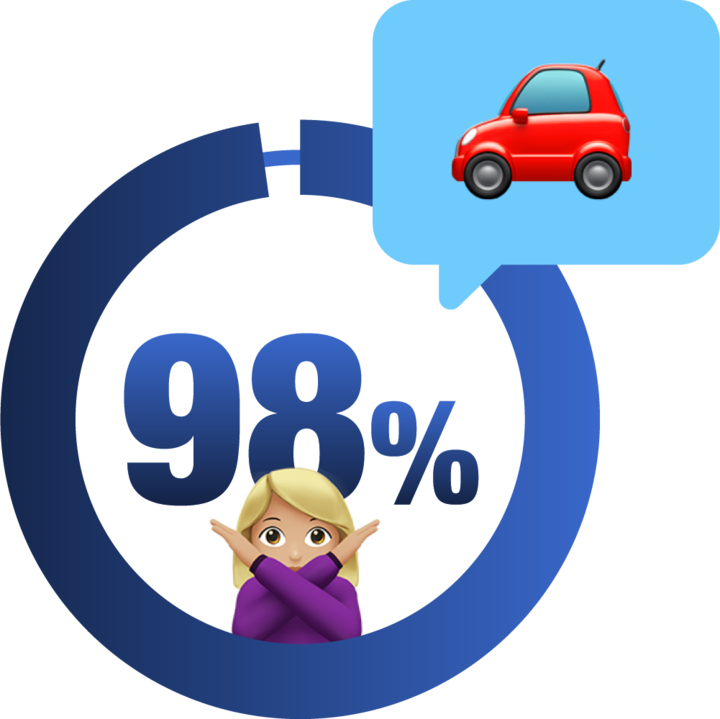
98% of students disapprove of driving after drinking.
College students care about each other! Students understand the importance of looking out for one and other, especially when alcohol is involved.
Helping Intoxicated Peers
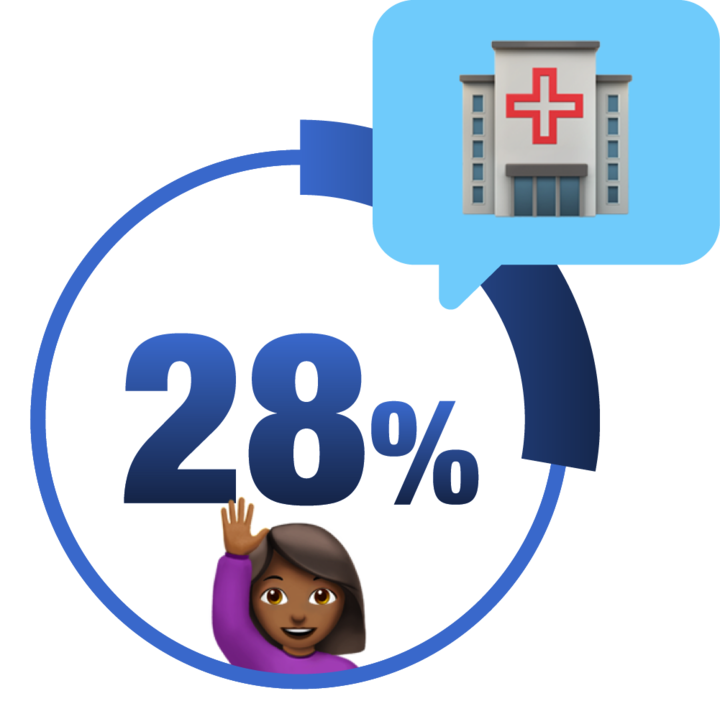
28% of students would take a peer to the hospital.
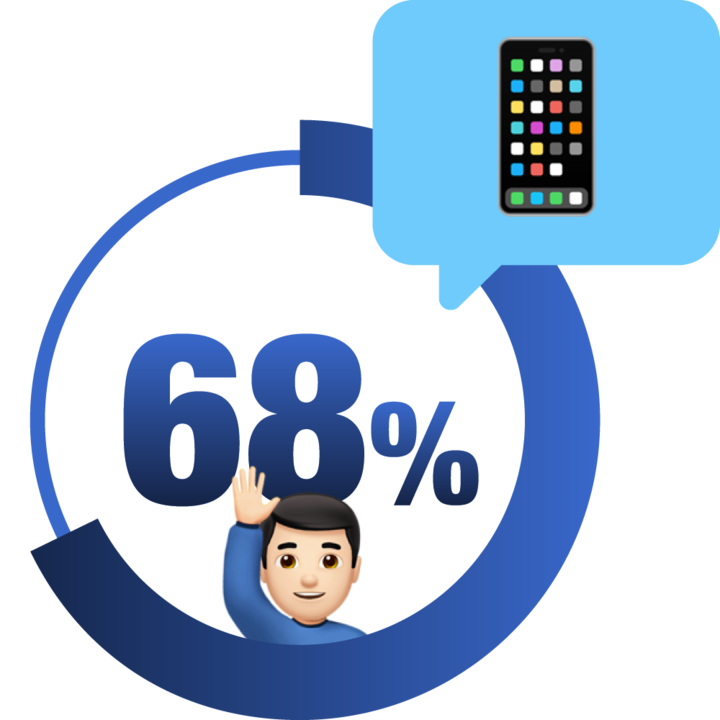
68% of students would call 911.
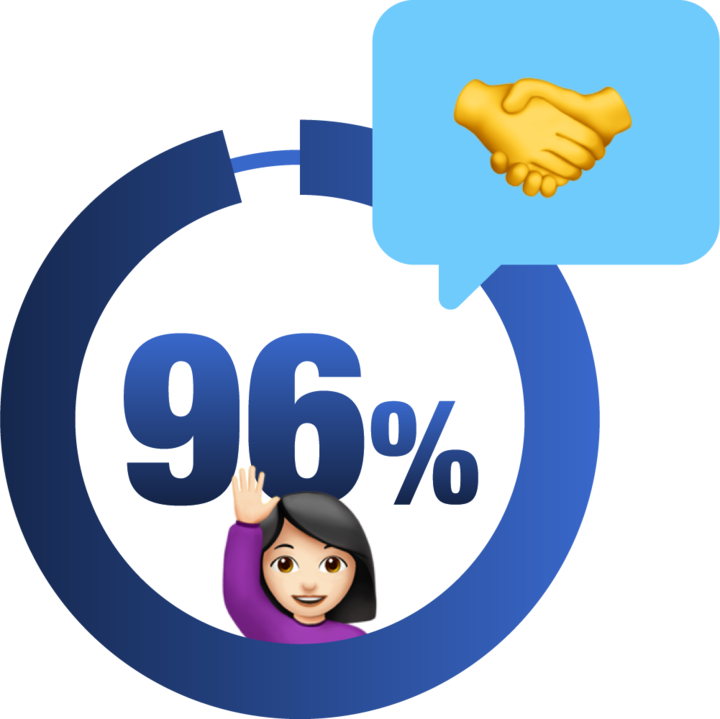
96% of students said they would help a peer with suspected alcohol poisoning.
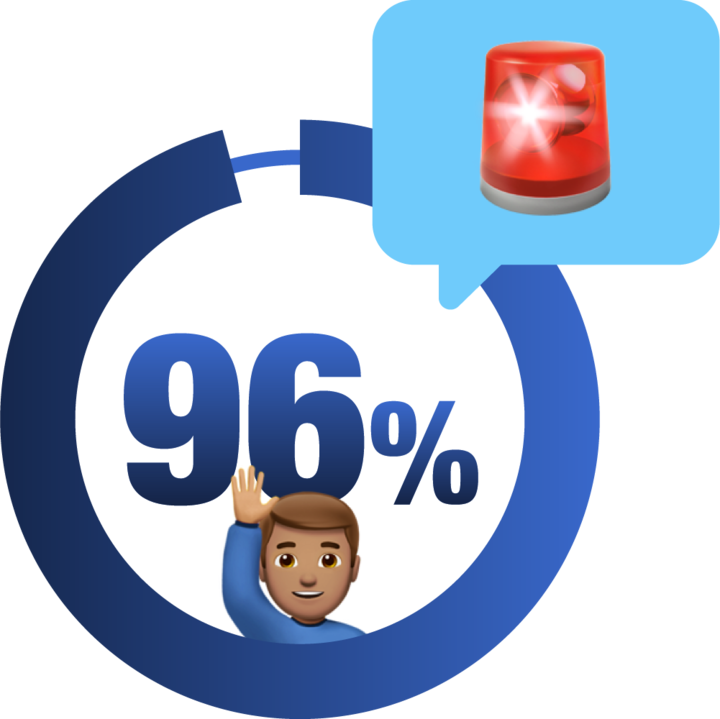
96% of students approve of intervening if they see someone being sexually taken advantage of.
The Good Samaritan Law encourages minors to call 911 when they suspect an alcohol overdose without fear of receiving an MIP (minor in possession). This law, protects both the intoxicated minor and the caller when the caller follows this important guidance:
Make a good faith request for emergency medical assistance
Remain on the scene until law enforcement and/or medical personnel arrive
Cooperate with officials
More information about the Good Samaritan Law and the signs of an alcohol overdose are available at http://www.nebraskaconsortium.org/good_samaritan_law.
Learn the Facts: Nebraska College Students and Marijuana
Although marijuana has been legalized by several states, federal law has not changed, and marijuana remains classified as a Schedule I drug. As a result, institutions of higher education are expected to continue to abide by the Drug-Free Schools and Communities Act by maintaining policies which prohibit marijuana possession, use, or distribution by students, staff, and faculty. These regulations apply to medical marijuana as well. As the conversation around marijuana has changed in recent years and states continue to legalize marijuana both for medical and recreational use, people often have questions about the impacts of marijuana use.
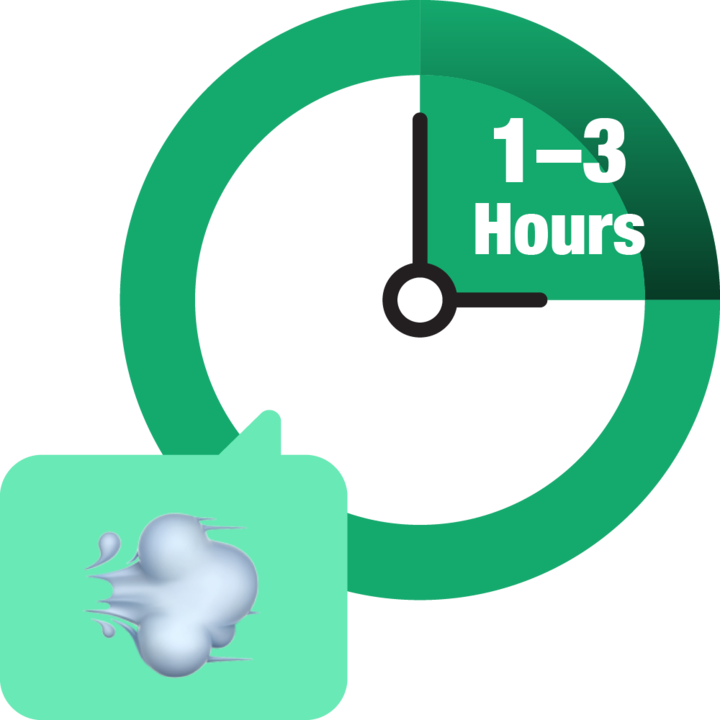
Smoking Marijuana
When smoked, marijuana takes effect instantly and lasts 1–3 hours.
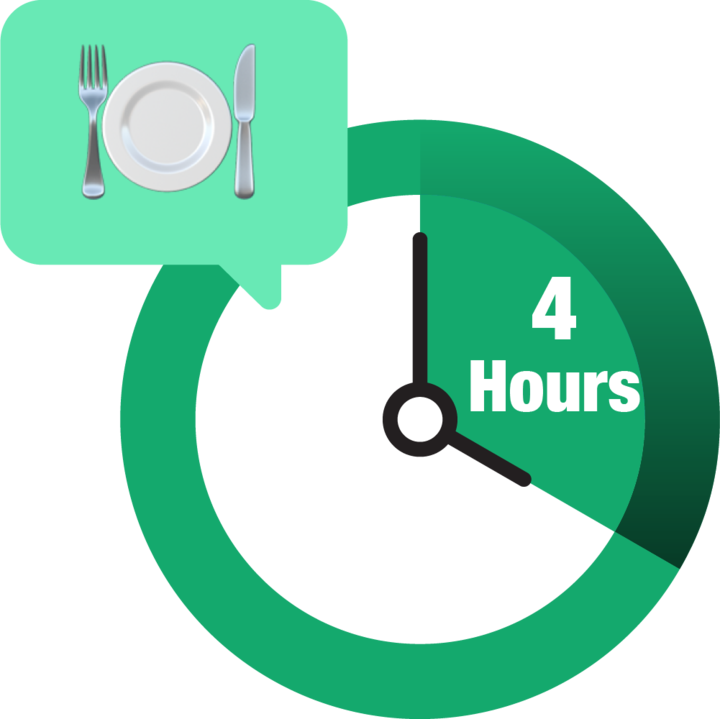
Eating Marijuana Products
When consumed, marijuana takes effect in 30–60 minutes and lasts about 4 hours.

Processing THC
It takes 3 hours to go from 5 nanograms to 4.9 nanograms of THC in your system.
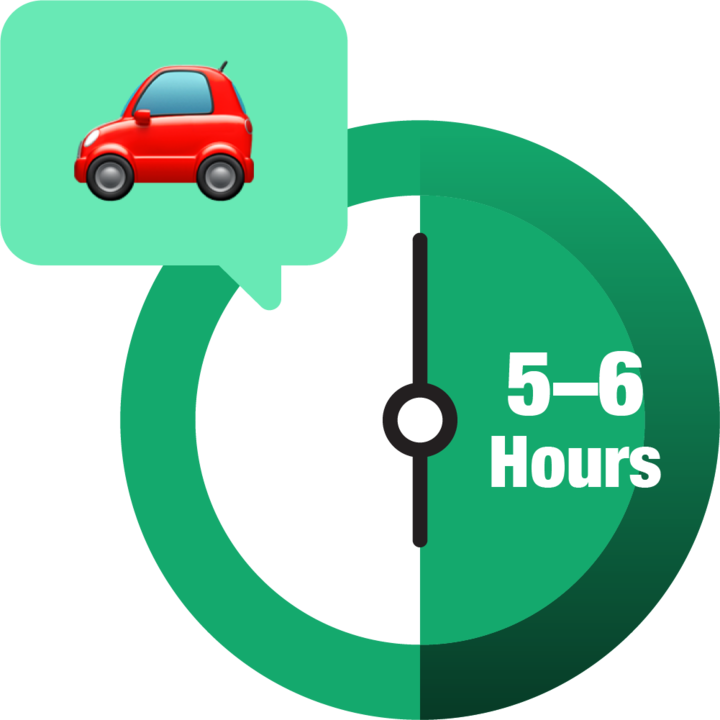
Driving High
Wait at least 5–6 hours to drive after using marijuana.
Marijuana use among Nebraska college students remains low, despite perceptions about use among this population.
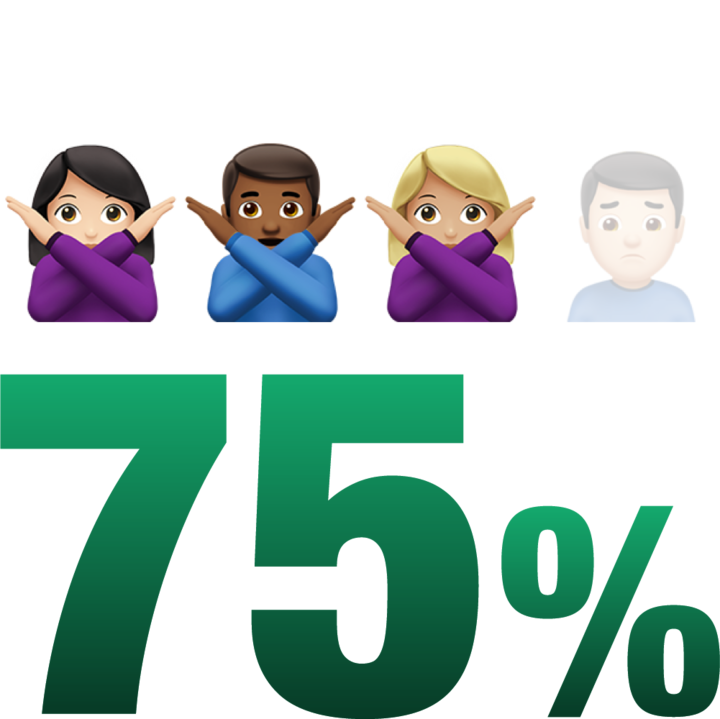
Not Using Marijuana
75% of college students have NOT used marijuana in the last year.
In addition to legalization of marijuana in recent years, we’ve also seen a significant increase in the average THC content in marijuana which could have negative consequences for those smoking or consuming marijuana. In 1996, the average THC content was 3.96%, in 2014 rates tripled to 11.84%, with little research on the effects of high potency (+10% THC) marijuana.
Users can experience:
Altered sense
Drowsiness
Changes in mood
Dry mouth and red eyes,
Increased heart rate and appetite
Impaired body movement and coordination
Difficulty with thinking, problem solving, learning and memory
In high doses – hallucinations, paranoia and anxiety
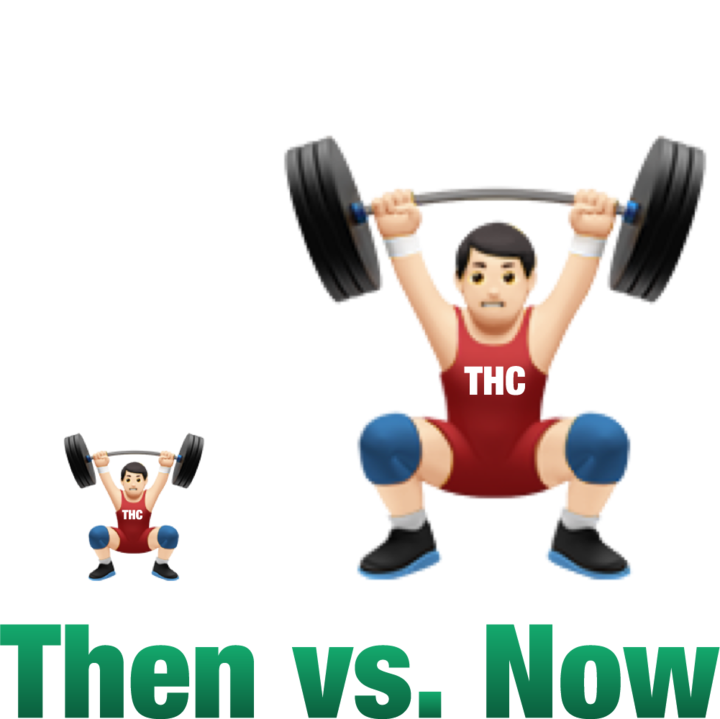
THC Content
Marijuana is 3 times stronger today than 20 years ago.
It is a common misconception that marijuana helps with anxiety and stress, the reality is that marijuana use can oftentimes exacerbate these feelings an even trigger more serious mental health issues.
Effects of Marijuana
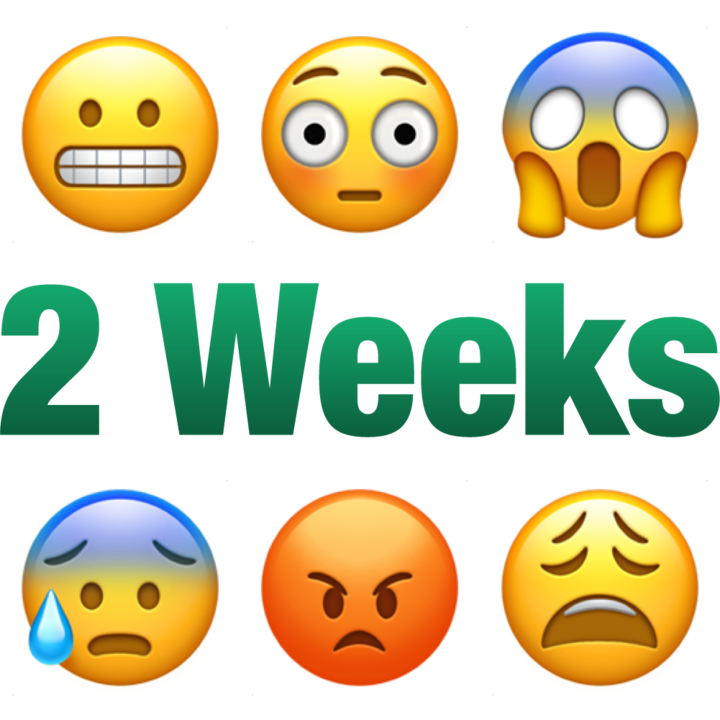
Frequent Marijuana Use
Those who regularly use marijuana can report negative symptoms for up to 2 weeks after they stop use.
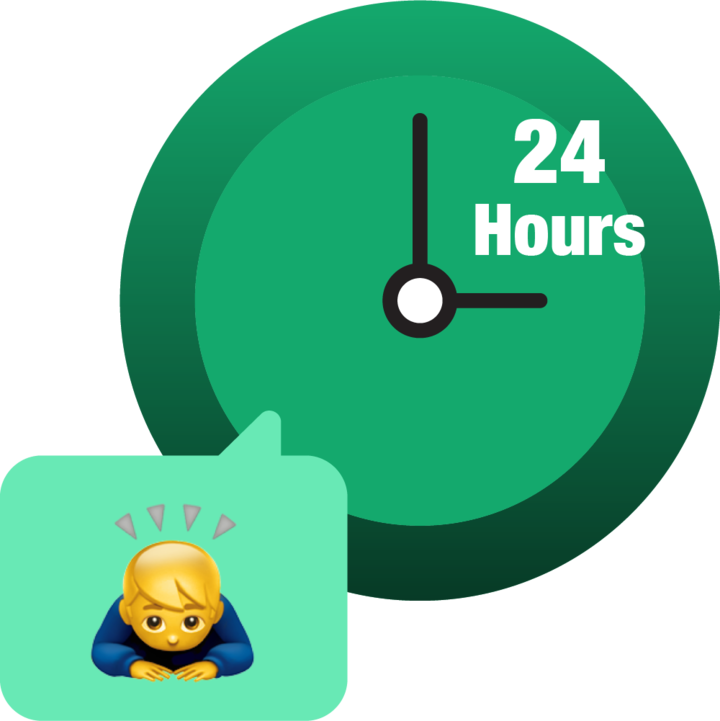
Cognitive Ability
Marijuana negatively impacts concentration and memory for up to 1 day after use.
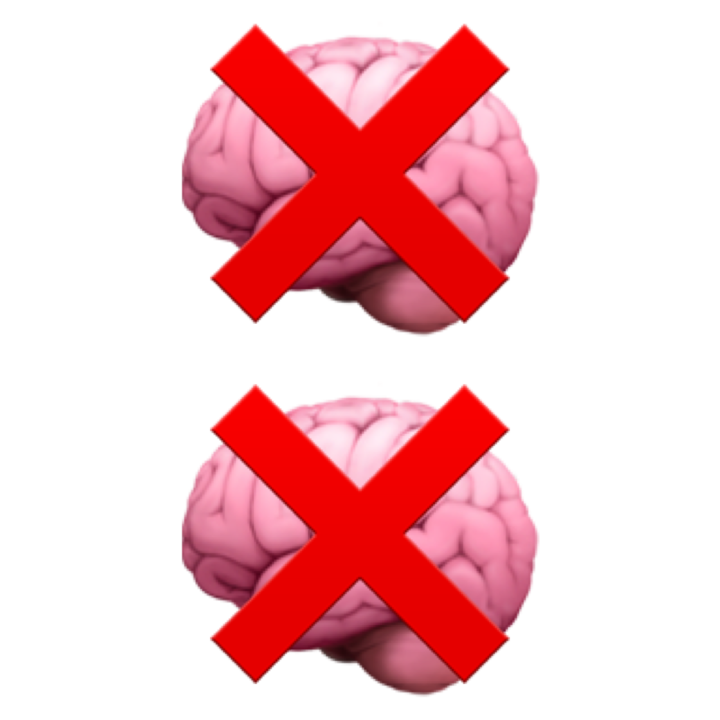
Mental Health
Those who used cannabis 10+ times before age 18 were twice as likely to be diagnosed with schizophrenia.
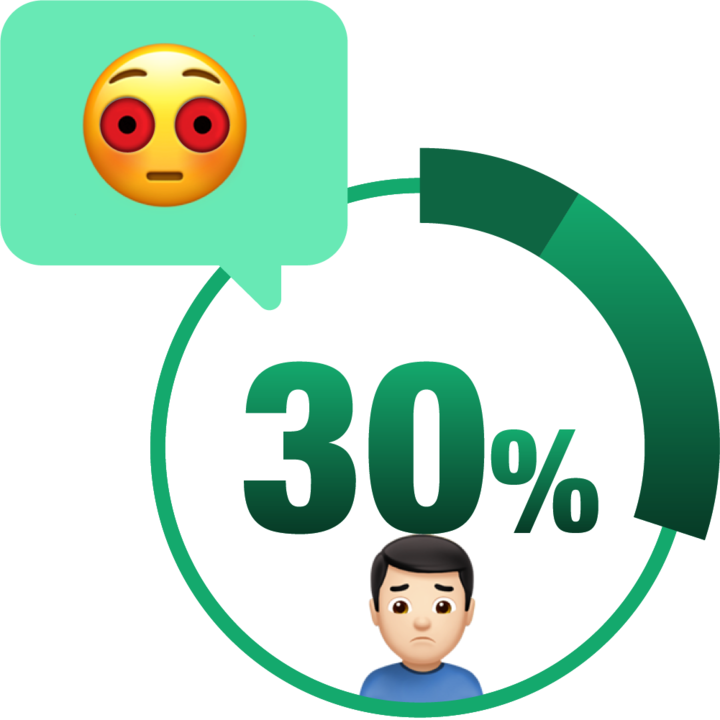
Marijuana Addiction
30% of marijuana users will develop a use disorder and 9% will develop an addiction.
If you are struggling with managing your responsibilities, anxiety or depression, reach out to your campus health and counseling services for assistance.
*Data source: Nebraska Assessment of College Health Behaviors 2020 Survey*
This project is funded in part from grant #SP080988 from Substance Abuse and Mental Health Services Administration Center for Substance Abuse Treatment $110,480 and 95% of project funding subgranted through the Nebraska Department of Health and Services, Division of Behavioral Health and the Nebraska Department of Transportation, Highway Safety Office.

